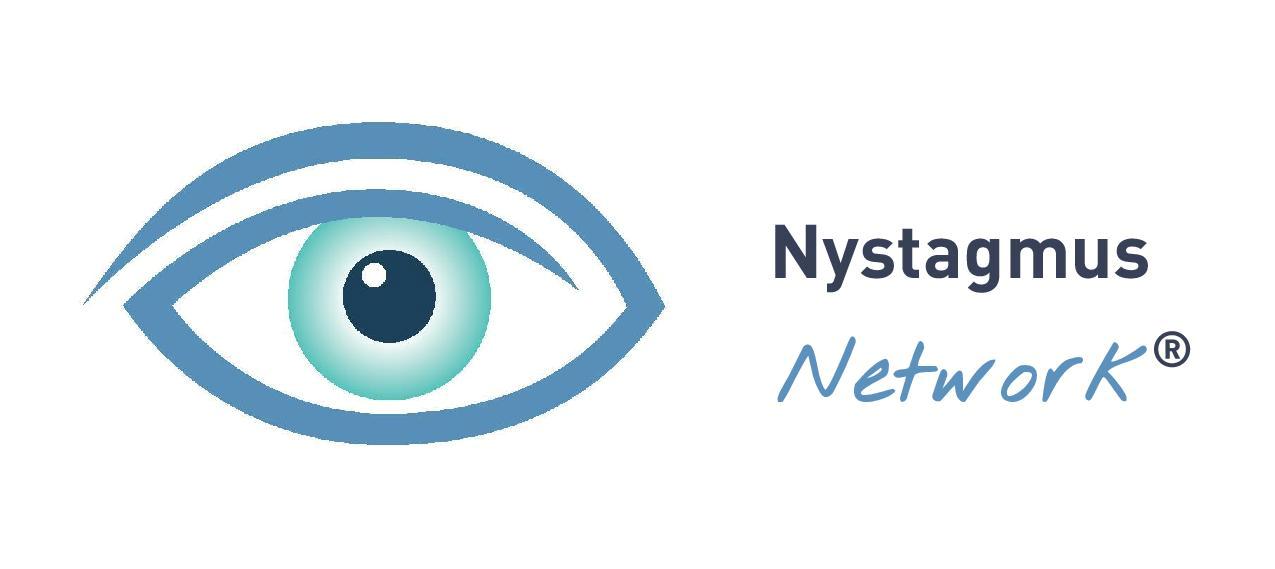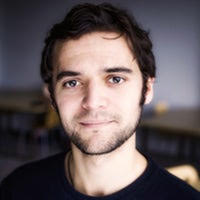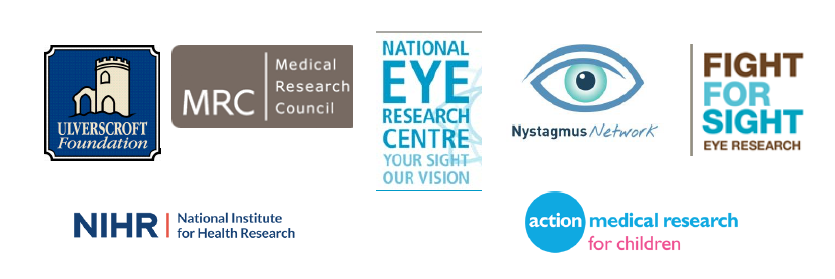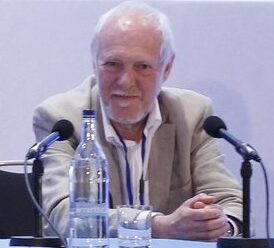A paper relating to a research project by members of the Cardiff University team and others, which the Nystagmus Network funded, has been formally published this week.
The report describes an algorithm which takes an eye-tracking recording and automatically separates it into its component parts (quick phases, slow phases and foveations*), allowing several measures related to the nystagmus to be calculated automatically (including frequency, amplitude, intensity and foveation period metrics). Automatic segmentation of the waveform also provides the basis for calibration of the eye-tracker (previously this could only be done by an experienced eye movement analyst).
Matt Dunn from Cardiff says: “We hope that this algorithm will provide the basis for more accurate monitoring of nystagmus in clinics. Being able to calibrate will (also) allow people with nystagmus to use personal eye-tracking systems such as those that allow people with physical disabilities to control their computer.”
Read the full manuscript, here.
*foveation means angling the eyes to focus on an object




